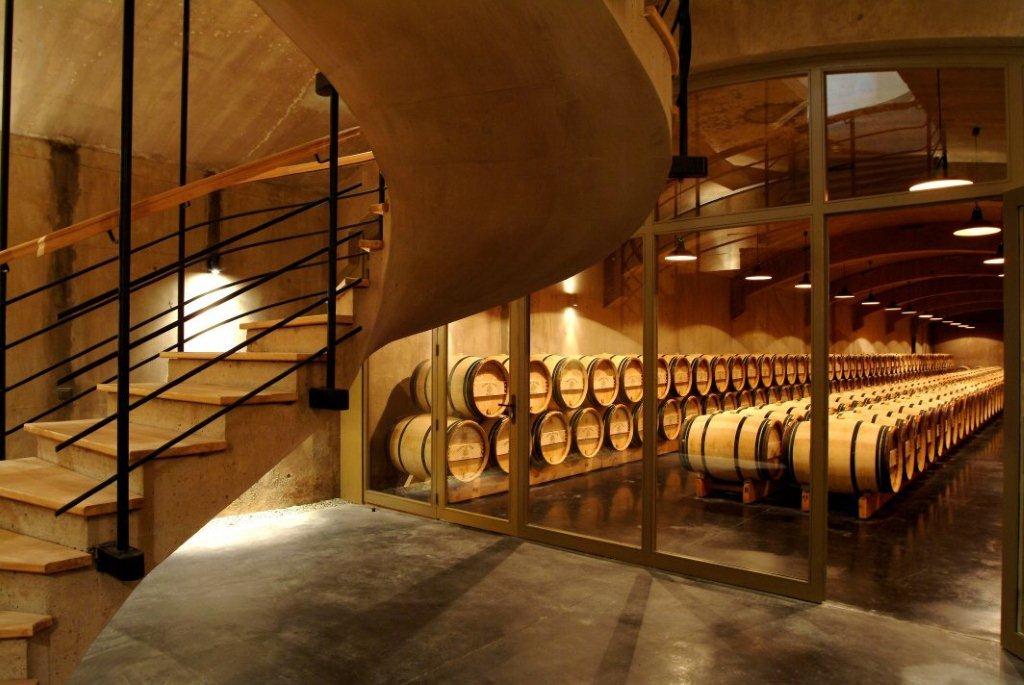2013 Château du Tertre Margaux Bordeaux France Wine Tasting Note
8264 Views
|
Light in color and fruit, the wine is already starting to show some secondary characteristics. Light, but fresh and sweet, drink this now for its fresh, sweet, red berry and peppery character. The wine was made from blending 80% Cabernet Sauvignon, 10% Merlot, 5% Cabernet Franc and 5% Petit Verdot. The amount of Cabernet Sauvignon in the blend for this vintage is a record for the property. 3,642 Views Tasted Jul 12, 2017Light in color, medium bodied and forward, there is good freshness to the bright, red cherries and strawberry tones that carry through from start to finish. 2,586 Views Tasted Feb 11, 2016With fennel, spearmint, cocoa powder and spicy, crisp cassis, the wine is soft, polished and fresh. It makes up for its lack of depth with fresh red fruit and easy accessibility. The vintage uses the highest percentage of Cabernet Sauvignon in the history of the estate at 80% of the blend, along with 10% Merlot, 5% Cabernet Franc and 5% Petit Verdot. The wine reached 13.2% ABV and has a pH of 3.63 with yields of 36 hectoliters per hectare. The Grand Vin was made from 50% of the harvest. 89-91 Pts 2,036 Views Tasted Apr 20, 2014 |

When to Drink Chateau du Tertre, Anticipated Maturity, Decanting Time
Chateau du Tertre can be enjoyed on the young side with decanting, but it is much better with age. Young vintages can be decanted for an average of 1-2 hours, give or take. This allows the wine to soften and open its perfume. Older vintages might need very little decanting, just enough to remove the sediment.
Chateau du Tertre is usually better with at least 10 years of bottle age. Of course, that can vary slightly, depending on the vintage character. Chateau du Tertre offers its best drinking and should reach peak maturity between 10-25 years of age after the vintage.
Serving Chateau du Tertre, with Wine, Food, Pairing Tips
Chateau du Tertre is best served at 15.5 degrees Celsius, 60 degrees Fahrenheit. The cool, almost cellar temperature gives the wine more freshness and lift.
Chateau du Tertre is best served with all types of classic meat dishes, veal, pork, beef, lamb, duck, game, roast chicken, roasted, braised, and grilled dishes. Chateau du Tertre is a perfect match with Asian dishes, hearty fish courses like tuna, mushrooms, and pasta as well as cheese.
Starting with the 2014 vintage, Chateau du Tertre began producing a dry white Bordeaux wine, "Tertre Blanc". The wine is produced from a unique blend of Sauvignon Blanc, Chardonnay, Viognier, and Gros Manseng. The wine is sold as a Vin de France because most of those grapes are not approved for planting in Bordeaux.
The production is tiny, so good luck finding any as only 500 cases are produced each vintage. The white wine of du Tertre can be paired with all types of fresh seafood, shellfish, sushi, sashimi, and of course cheese.

